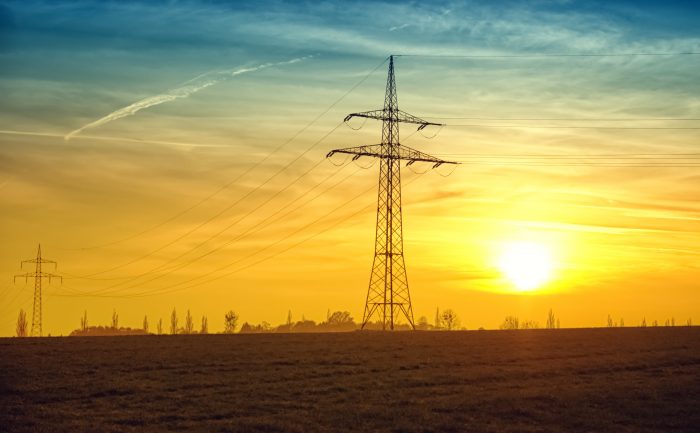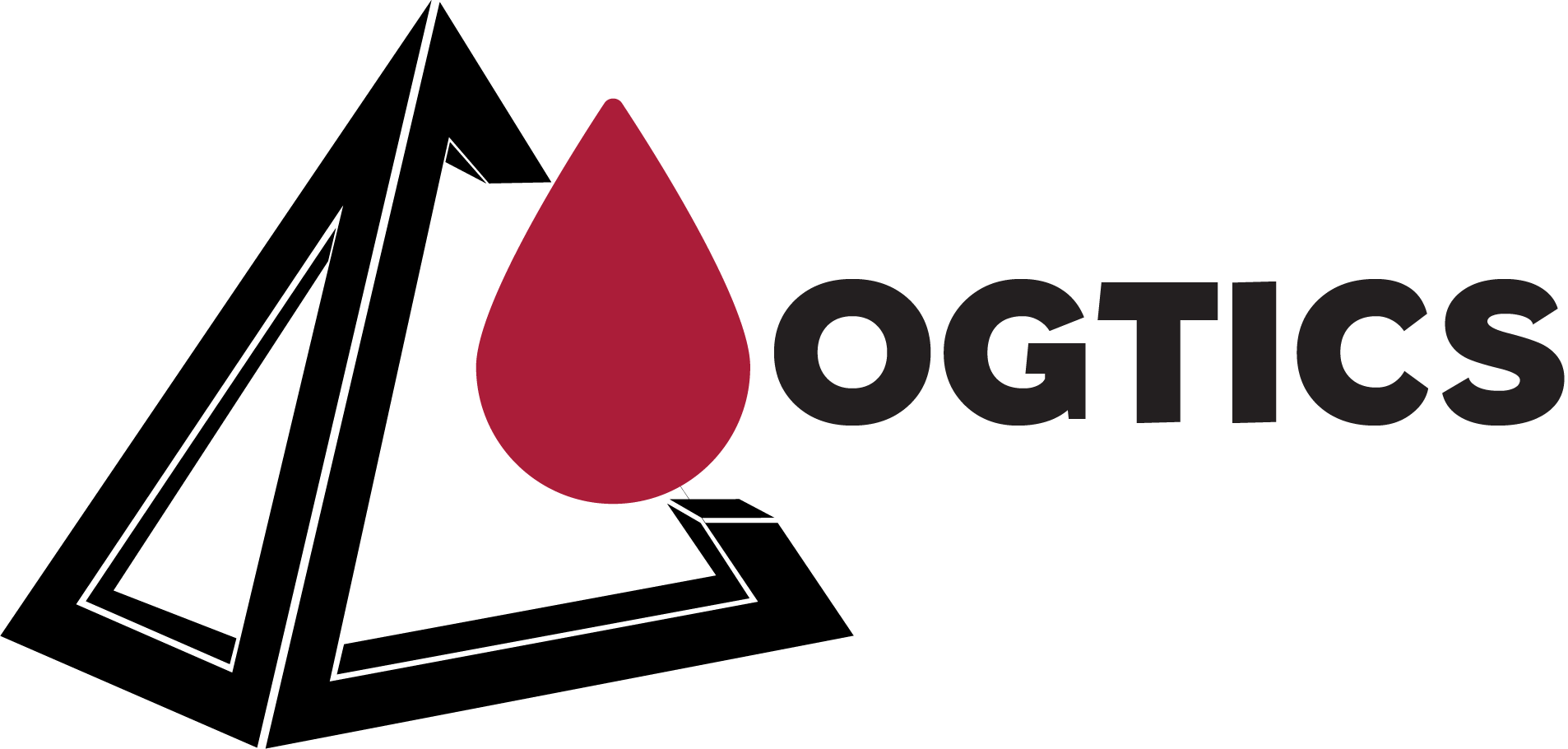
If you are familiar with the energy markets, then you know the importance of balancing on the gas and power grids. We provide end-to-end solution to the balancing question. With our forecasting engine, we can offer a solution that covers all the needs of the energy industry user. Data is gathered, transformed and augmented and then connects to the AI-based forecasting engine for fast, automatic and accurate predictions. The results of this system are then gathered in the platform and are ready for visualization and/or enablement for cost reductions in balancing.
Gas Balancing
For gas, system operators have a responsibility to keep the pressure on their network of pipelines and storage sites within safe and acceptable limits. Too much incoming gas will increase the pressure, too much outgoing gas will decrease the pressure. For this reason, shippers & market participants who are long or short on the network will have to pay the system operator a fee in most countries, the ‘imbalance cost’.
Compared to electricity, gas moves more slowly through the system. This has drawbacks but also benefits. The TSO (Transmission System Operator) has more time to act and prevent imbalances at certain points of the grid. Another difference is the fact that large quantities of (liquefied) natural gas can be stored much easier than power. Finally the production and supply of natural gas is easier to regulate and predict than for power, especially when taking into account renewables.
Power Balancing
A power TSO is responsible for managing the security of the power system in real time and co-ordinate the supply of and demand for electricity, in a manner that avoids fluctuations in frequency or interruptions of supply. They are the end-responsible for the whole grid. When a market participant is long or short on the grid during a certain time, they have to pay imbalance costs. Therefore, machine learning based forecasting can add significant value in this domain.
Forecasting
For Power and Gas it is important to have accurate forecasts. There are many models and solutions out there that provide forecasts. There are also many applications of forecasting solutions and the following examples are the ones we see most often in the industry:
- Consumption forecasts: Demand or consumption forecasting is one of the most essential tasks in the gas & power markets.
- Production forecasts: Using weather data and other variables to predict solar production, wind production, gas production rates, etc.
- Price forecasting: Using various methods to predict the price level of a certain commodity for various timeframes.
- Load forecasting: Load forecasting remains a challenging problem in power system operation due to growth in low carbon technologies and distributed small scale renewable generation.
- Anomaly detection: especially for production assets this is important
- Predictive Maintenance: prediction for physical assets such as wind turbines
